ASL: A Creative Language
Believed to originate from France, American Sign Language (ASL) deviated into its own unique language used by deaf North Americans. Lawrence Nehring, a lecturer of American Sign Language at Kent State University, creates a hands-on experience with his students. Through his experience of creating and performing ASL theatre, he has turned his American Sign Language literature course into an even more kinesthetic learning experience by pushing his students onto a stage to sign various works of poems, songs, and short stories by both deaf and hearing people.
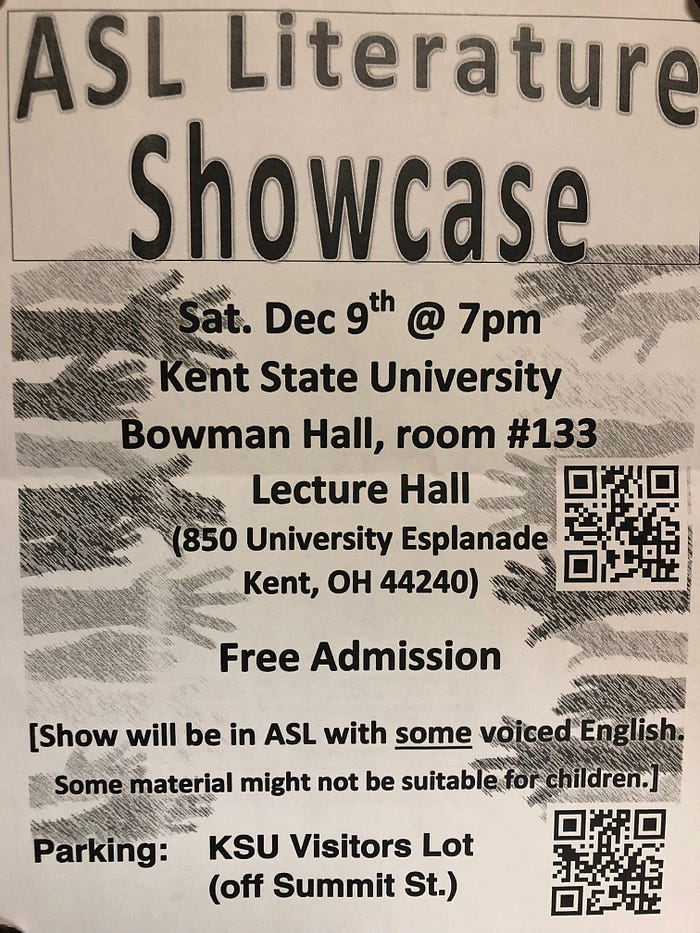
The fourth year college students participating in the showcase include: Hannah Beucher, Elexis Blake, Savannah Blazina, Jordan Brian, Rae Cantola, Amanda Charleton, Chloe Dickie, Emily Jones, Mackenzie Kiser, Neb Mamay, Dane Peiz, and Doug Ranly. The ASL majors performed pieces that ranged from “Preface to a Twenty Volume Suicide Note” by Amiri Baraka to comical descriptions of a photoshopped photo of a man riding a large chicken.
“I went back and forth between Pigeon Sign English and ASL… I picked up more ASL when I came to Kent,” a deaf student by the name of Neb Mambay reflects on her past before Kent and her experience in her major. “I’ve taken linguistic classes and things like that. This helped me realize that ASL as a language is more than what I had been doing. Now my signing has transitioned into full American Sign Language grammar.
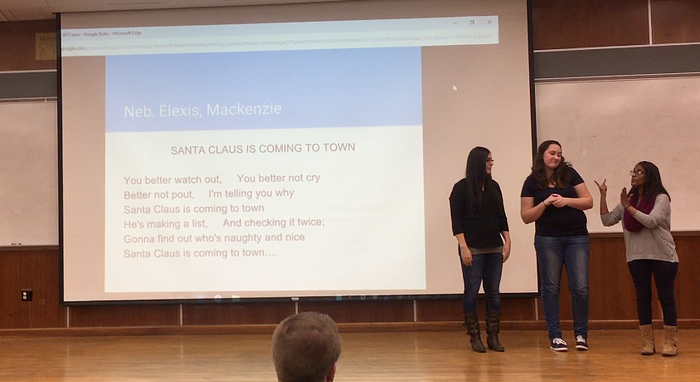
The pin-drop silent audience watched intently as the students performed their unpolished selections of poetry or music such as “All I Know” by Karnivool or “White Christmas” by Irving Berlin. Their intensity matched the music or tempo of the piece. One student, Doug Jones, interprets a race between four participants, all the while matching the effort used by the racers before, during, and after the race.
“ASL is a visual language,” according to the National Association of the Deaf. “With signing, the brain processes linguistic information through the eyes, and facial expressions and body movements play an important part in conveying information.”
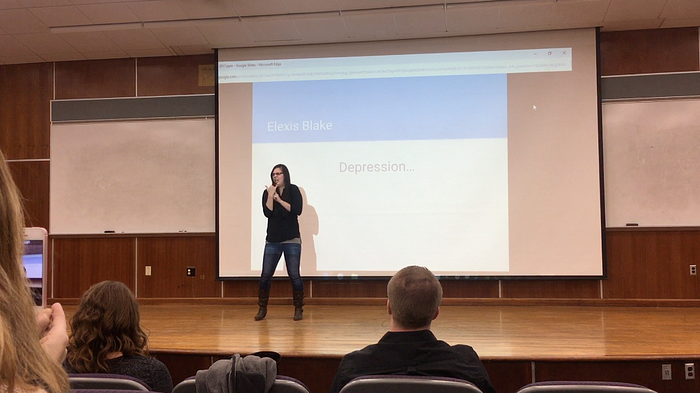
Nehring would take the stage intermittently to help explain how the performances related to his class. He gave examples of literature they’ve looked at, such as haikus, and how ASL can interpret the same pieces differently. One student, Savannah Blazina performed “Silence Poem” multiple times by signing the words a different way. Such as signing with interpretation or simply signing each letter of the alphabet.
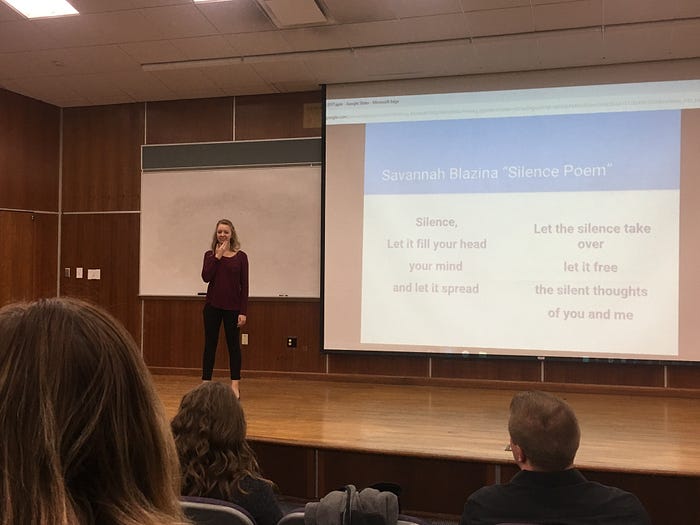
“It’s such a different language from English,” Nehring explains. “Most of what we’re doing tonight is illustrated. It’s almost like you’re creating a film than narrating something. Rather than reading a book, you’re actually watching the film of what’s going on.”
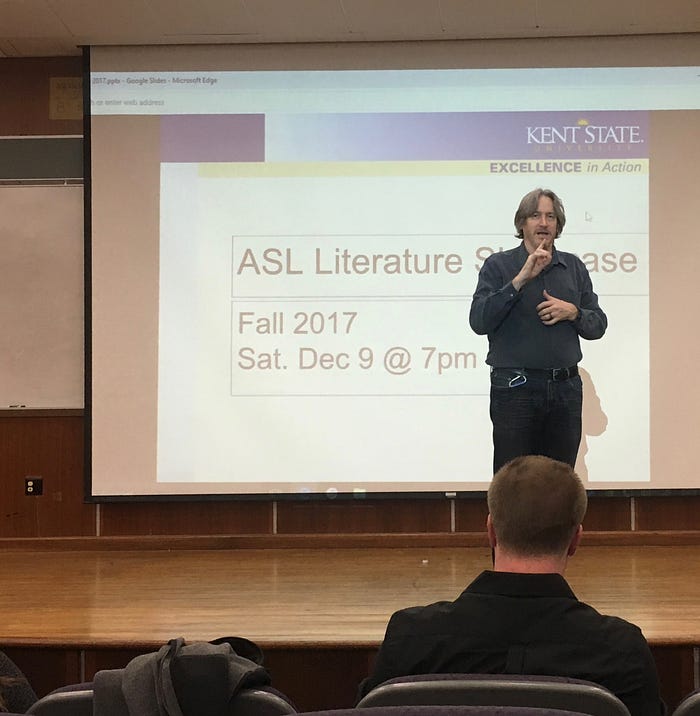
The audience was composed of younger ASL majors, deaf community members, and other Kent State students. While some were there to receive credit for a course by participating or observing the program, the display of literature in a non-verbal aspect in the attempt to bring an understanding of writing through visual performance of language was seen by all.